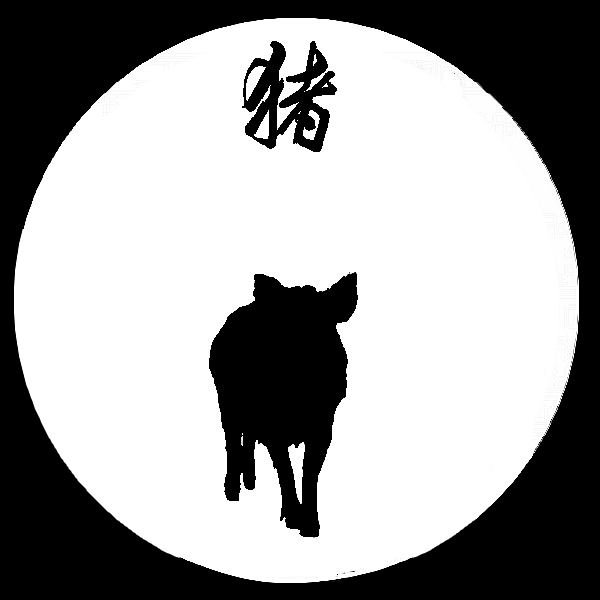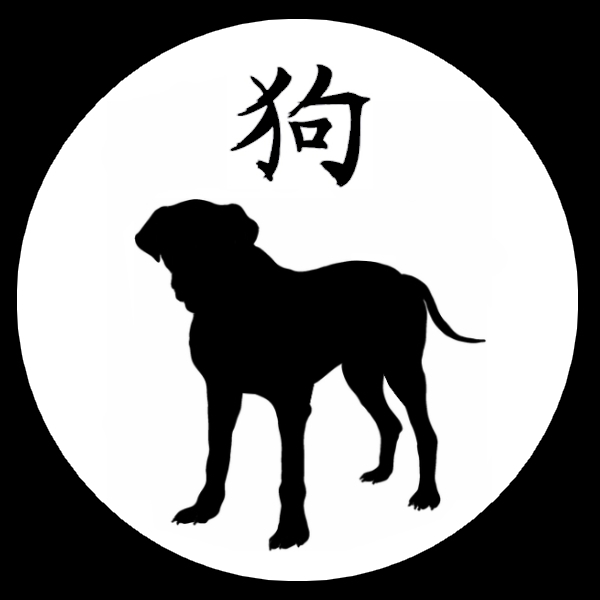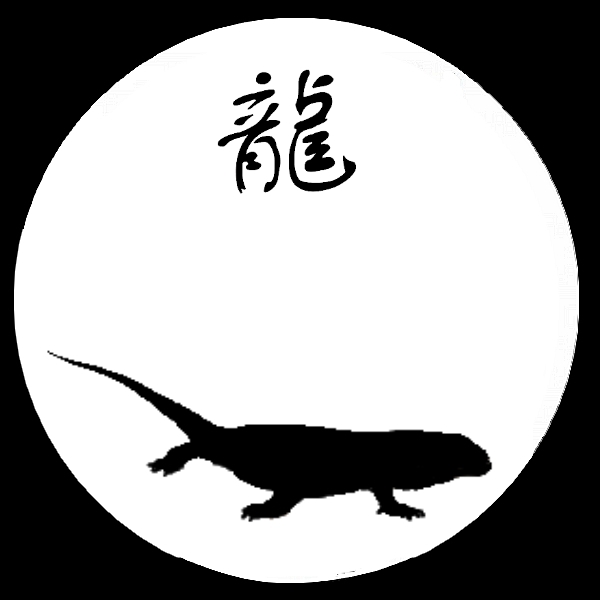|
Wan Ok Phansa
Wan Ok Phansa ( th, วันออกพรรษา, ; literally "day of going out of Vassa", ออก in Thai meaning exit or leave) is the last day of the Thai- Lao observance of Vassa. It occurs in October, three lunar months after the beginning of Vassa, known as ''Wan Khao Phansa'' ( th, วันเข้าพรรษา). The day is celebrated in Isan by illuminated boat processions ( th, ไหลเรือไฟ ''lai ruea fai'', tts, ไหลเฮือไฟ ''lai huea fai''), notably in Nakhon Phanom Province on the Mekong and in Ubon Ratchathani on the Mun River. The main ceremonies feature boats of 8–10 metres in length, formerly made of banana wood or bamboo but now sometimes of other materials. The boats are filled with offerings such as ''khao tom'' ( glutinous rice sweets wrapped in banana leaves) and decorated on the outside with flowers, candles and lamps. The boats are launched in the evening. Additionally, some celebrants individually launch ... [...More Info...] [...Related Items...] OR: [Wikipedia] [Google] [Baidu] |
Buddhism In Thailand
Buddhism in Thailand is largely of the Theravada school, which is followed by 95 percent of the population. Thailand has the second largest Buddhist population in the world, after China, with approximately 64 million Buddhists. Buddhism in Thailand has also become integrated with folk religion (Bon) as well as Chinese religions from the large Thai Chinese population. Buddhist temples in Thailand are characterized by tall golden stupas, and the Buddhist architecture of Thailand is similar to that in other Southeast Asian countries, particularly Cambodia and Laos, with which Thailand shares cultural and historical heritages. Thai Buddhism also shares many similarities with Sri Lankan Buddhism. Thailand, Cambodia, Myanmar, Sri Lanka and Laos are countries with Theravada Buddhist majorities Buddhism is believed to have come to what is now Thailand as early as the 3rd century BCE, in the time of the Indian Emperor Ashoka. Since then, Buddhism has played a significant role in Thai c ... [...More Info...] [...Related Items...] OR: [Wikipedia] [Google] [Baidu] |
Nāga
The Nagas (IAST: ''nāga''; Devanāgarī: नाग) are a divine, or semi-divine, race of half-human, half-serpent beings that reside in the netherworld (Patala), and can occasionally take human or part-human form, or are so depicted in art. A female naga is called a Nagi, or a Nagini. According to legend, they are the children of the sage Kashyapa and Kadru. Rituals devoted to these supernatural beings have been taking place throughout South Asia for at least 2,000 years. They are principally depicted in three forms: as entirely human with snakes on the heads and necks, as common serpents, or as half-human, half-snake beings in Hinduism, Buddhism, and Jainism. ''Nagaraja'' is the title given to the king of the nagas. Narratives of these beings hold cultural significance in the mythological traditions of many South Asian and Southeast Asian cultures, and within Hinduism and Buddhism, they are the ancestral origins of the Nagavanshi Kshatriyas. Etymology In Sanskrit, a () ... [...More Info...] [...Related Items...] OR: [Wikipedia] [Google] [Baidu] |
Pig (zodiac)
The Pig ( 豬) or sometimes translated as the Boar is the twelfth of the 12-year cycle of animals which appear in Chinese zodiac, in relation to the Chinese calendar and system of horology, and paralleling the system of ten Heavenly Stems and twelve Earthly Branches. Although the term "zodiac" (etymologically referring to a " ircle oflittle animals") is used in the phrase "Chinese zodiac", there is a major difference between the Chinese usage and Western astrology: the zodiacal animals (including the zodiacal Pig) do not relate to the zodiac as the area of the sky that extends approximately 8° north or south (as measured in celestial latitude) of the ecliptic, the apparent path of the Sun, the Moon, and visible planets across the celestial sphere's constellations, over the course of the year. In Chinese astrology, "zodiacal" animals refer to fixed cycles of twelve animals. The same cycle of twelve is used for cycles of years and cycles of hours. In the case of years, the c ... [...More Info...] [...Related Items...] OR: [Wikipedia] [Google] [Baidu] |
Dog (zodiac)
The Dog ( 狗) is eleventh of the 12-year cycle of animals which appear in the Chinese zodiac related to the Chinese calendar. The Year of the Dog is associated with the Earthly Branch symbol 戌. The character 狗, also refers to the actual animal while 戌, also refers to the zodiac animal. Years and the Five Elements People born within these date ranges can be said to have been born in the "Year of the Dog", while also bearing the following elemental sign: Basic astrology elements 2018 In the sexagenary cycle, 2018 (16 February 2018–4 February 2019, and every 60-year multiple before and after), is the Celestial stem/Earthly Branch year indicated by the characters 戊戌. For the 2018 Year of the Dog, many countries and regions issued lunar new year stamps. These included countries where the holiday is traditionally observed as well as countries in the Americas, Africa, Europe and Oceania. The U.S.-China Institute at USC created a web collection of more than 10 ... [...More Info...] [...Related Items...] OR: [Wikipedia] [Google] [Baidu] |
Rooster (zodiac)
The Rooster () is the tenth of the 12-year cycle of animals which appear in the Chinese zodiac related to the Chinese calendar. The Year of the Rooster is represented by the Earthly Branch symbol 酉. In the Tibetan zodiac and the Gurung zodiac, the bird is in place of the Rooster. Years and the five elements People born within these date ranges can be said to have been born in the "Year of the Rooster", while bearing the following elemental signs: Basic astrology elements See also *Rooster *Birds in Chinese mythology *Fenghuang ''Fènghuáng'' (, ) are mythological birds found in Sinospheric mythology that reign over all other birds. The males were originally called ''fèng'' and the females ''huáng'', but such a distinction of gender is often no longer made and ... References Further reading * * * * * External links * {{Chinese Zodiac Mythological and legendary Chinese birds Chinese astrological signs Vietnamese astrological signs Legendary birds B ... [...More Info...] [...Related Items...] OR: [Wikipedia] [Google] [Baidu] |
Monkey (zodiac)
The monkey ( 猴) is the ninth of the 12-year cycle of animals which appear in the Chinese zodiac related to the Chinese calendar. The year of the monkey is associated with the Earthly Branch symbol 申. Years and the five elements People born within these date ranges can be said to have been born in the "year of the monkey", while bearing the following elemental An elemental is a mythic being that is described in occult and alchemical works from around the time of the European Renaissance, and particularly elaborated in the 16th century works of Paracelsus. According to Paracelsus and his subsequent fo ... sign: Basic astrology elements References Further reading * * * External links * {{Authority control Chinese astrological signs Vietnamese astrological signs Mythological monkeys de:Chinesische Astrologie#Zählung ab Jahresbeginn ... [...More Info...] [...Related Items...] OR: [Wikipedia] [Google] [Baidu] |
Goat (zodiac)
The Goat (, sometimes also translated Sheep or Ram) is the eighth of the 12-year cycle of animals which appear in the Chinese zodiac related to the Chinese calendar. This zodiacal sign is oftenWen Huang"Year of the Sheep, Goat or Ram?"''Chicago Tribune,'' January 31, 2003. Retrieved 8 February 2015. referred to as the "Ram" or "Sheep" sign, since the Chinese word ''yáng'' is more accurately translated as Caprinae, a taxonomic subfamily that includes both goats and sheep, but contrasts with other animal subfamily types such as Bovinae, Antilopinae, and other taxonomic considerations which may be encountered in the case of the larger family of Bovidae in Chinese mythology, which also includes the Ox (zodiac). The Year of the Goat is associated with the 8th Earthly Branch symbol, 未 (''wèi''). Goat or Sheep The Chinese word ''yáng'' refers to both goats and sheep, whereas the terms ''shānyáng'' () and ''miányáng'' () refer exclusively to goats and sheep, respectively. [...More Info...] [...Related Items...] OR: [Wikipedia] [Google] [Baidu] |
Horse (zodiac)
The Horse ( ⾺) is the seventh of the 12-year cycle of animals which appear in the Chinese zodiac related to the Chinese calendar. There is a long tradition of the Horse in Chinese mythology. Certain characteristics of the Horse nature are supposed to be typical of or to be associated with either a year of the Horse and its events, or in regard to the personality of someone born in such a year. Horse aspects can also enter by other chronomantic factors or measures, such as hourly. The year of the horse is associated with the Earthly Branch symbol 午. History The lunar calendar paved the sequence of the Chinese zodiac animals. This calendar can be traced back to the 14th century B.C. Myths say that Emperor Huangdi, the first Chinese emperor, in 2637 B.C. invented the Chinese lunar calendar, which follows the cycles of the moon. In a folklore story that explains the origins of the cycle, the animals hold a race to determine their order. The custom of pairing an animal wit ... [...More Info...] [...Related Items...] OR: [Wikipedia] [Google] [Baidu] |
Snake (zodiac)
The snake ( 蛇) is the sixth of the twelve-year cycle of animals which appear in the Chinese zodiac related to the Chinese calendar. The Year of the Snake is associated with the Earthly Branch symbol 巳. According to one legend, there is a reason for the order of the animals in the cycle. The story goes that a race was held to cross a great river, and the order of the animals in the cycle was based upon their order in finishing the race. In this story, the snake compensated for not being the best swimmer by hitching a hidden ride on the Horse's hoof, and when the horse was just about to cross the finish line, jumping out, scaring the horse, and thus edging it out for sixth place. The same twelve animals are also used to symbolize the cycle of hours in the day, each being associated with a two-hour time period. The hour of the snake is 9:00 to 11:00 a.m., the time when the Sun warms up the Earth, and snakes are said to slither out of their holes. The month of the snake ... [...More Info...] [...Related Items...] OR: [Wikipedia] [Google] [Baidu] |
Dragon (zodiac)
The Dragon, also known as Loong, () is the fifth of the 12-year cycle of animals which appear in the Chinese zodiac related to the Chinese calendar. The Year of the Dragon is associated with the Earthly Branch symbol 辰, pronounced ''chen''. It has been proposed by one academic researcher that the Earthly Branch character may have been associated with scorpions; it may have symbolized the star Antares. In the Buddhist calendar used in Thailand, Cambodia, Laos, Myanmar, and Sri Lanka, the Dragon is replaced by the nāga. In the Gurung zodiac, the Dragon is replaced by the eagle. In Old Turkic calendar it is replaced by the fish or crocodile. Early Persian translations of the medieval period change to dragon to a sea serpent although in current times is generally refer to as whale. During the Cultural Revolution, giant panda was situated in the place of the dragon although this didn't last long. Years and the Five Elements People born within these date ranges can be said to ha ... [...More Info...] [...Related Items...] OR: [Wikipedia] [Google] [Baidu] |
Rabbit (zodiac)
The rabbit ( 兔) is the fourth in the twelve-year cycle of animals that appear in the Chinese zodiac related to the Chinese calendar. The Year of the Rabbit is associated with the Earthly Branch symbol 卯. In the Vietnamese zodiac and the Gurung zodiac, the cat takes the place of the rabbit. In the Malay zodiac, the mousedeer takes the place of the rabbit. Years and elements People born within these date ranges can be said to have been born in the "Year of the Rabbit", while also bearing the following elemental sign: Basic astrological associations See also *Rabbit *Niiname-no-Matsuri The Niiname-sai (新嘗祭, also read Shinjō-sai and Niiname-no-Matsuri) is a Japanese harvest ritual. The ritual is celebrated by the Emperor of Japan, who thanks the Shinto deities for a prosperous year and prays for a fruitful new year. It ta ... References External links * {{Chinese Zodiac Chinese astrological signs Mythological rabbits and hares de:Chinesische Astrologie# ... [...More Info...] [...Related Items...] OR: [Wikipedia] [Google] [Baidu] |
Tiger (zodiac)
The Tiger ( 虎) is the third of the 12-year cycle of animals which appear in the Chinese zodiac related to the Chinese calendar. The Year of the Tiger is associated with the Earthly Branch symbol 寅. Years and the Five Elements People born within these date ranges can be said to have been born in the "Year of the Tiger", while bearing the following elemental sign: Basic astrology elements 2022–2023 The Year of the Tiger does not exactly correspond with years of the commonly used Gregorian calendar. For the 2022–2023 Gregorian time period, the Year of the Tiger begins on 1 February 2022 and ends on 21 January 2023. This is a year of the Water Tiger. Classical nomenclature uses the stem-branch reckoning for this year, ''rén-yín'' (壬寅) of the sexagenary cycle. See also *Tiger *Burmese zodiac The Burmese zodiac ( my, ဇာတာ ရာသီခွင် ) is the traditional Burmese system of astronomy and astrology. While it is still an important component of ... [...More Info...] [...Related Items...] OR: [Wikipedia] [Google] [Baidu] |










